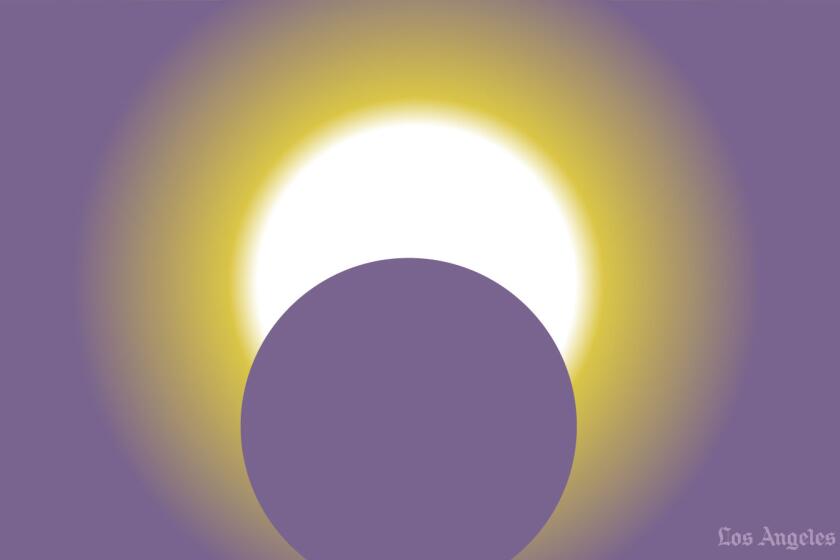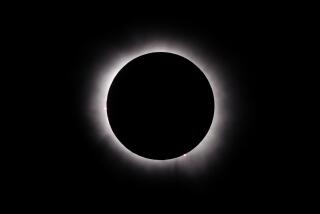- Share via
With the probable exception of glimpsing Earthrise out the window of Apollo 8, a total solar eclipse may be the best show in the universe accessible to human eyes.
I didn’t quite understand this seven years ago when I drove 900 miles all night and into morning from L.A. to Idaho the last time a total eclipse visited North America.
But what I saw then has set me on the road again, by plane and car this time to St. Louis, with plans to venture southeast for Monday’s eclipse.
Though there won’t be totality in California, the state will still enjoy an impressive partial eclipse in the late morning — if the skies remain cloud-free.
The allure is not just the spectacle of this astronomical rarity. A partial solar eclipse, as will be visible Monday from Los Angeles and the rest of the contiguous United States — weather permitting — is a marvel not to be missed. But I am not traveling halfway across the country just to see a partial eclipse gone total.
I am going to watch the sun turn into a platypus.
At the instant the lunar disk slips entirely over the solar disk, the sun is abruptly transfigured into a foreign object. As if you looked at your watch and it suddenly turned into a flower.
Those lovely eclipse photos of a brilliant white halo (the solar corona, visible only during an eclipse) surrounding the deep black lunar sphere are poor preparation for the event. As I looked up from an Idaho Falls roadside lot in August 2017, at the moment of total eclipse the sun was no longer the sun.
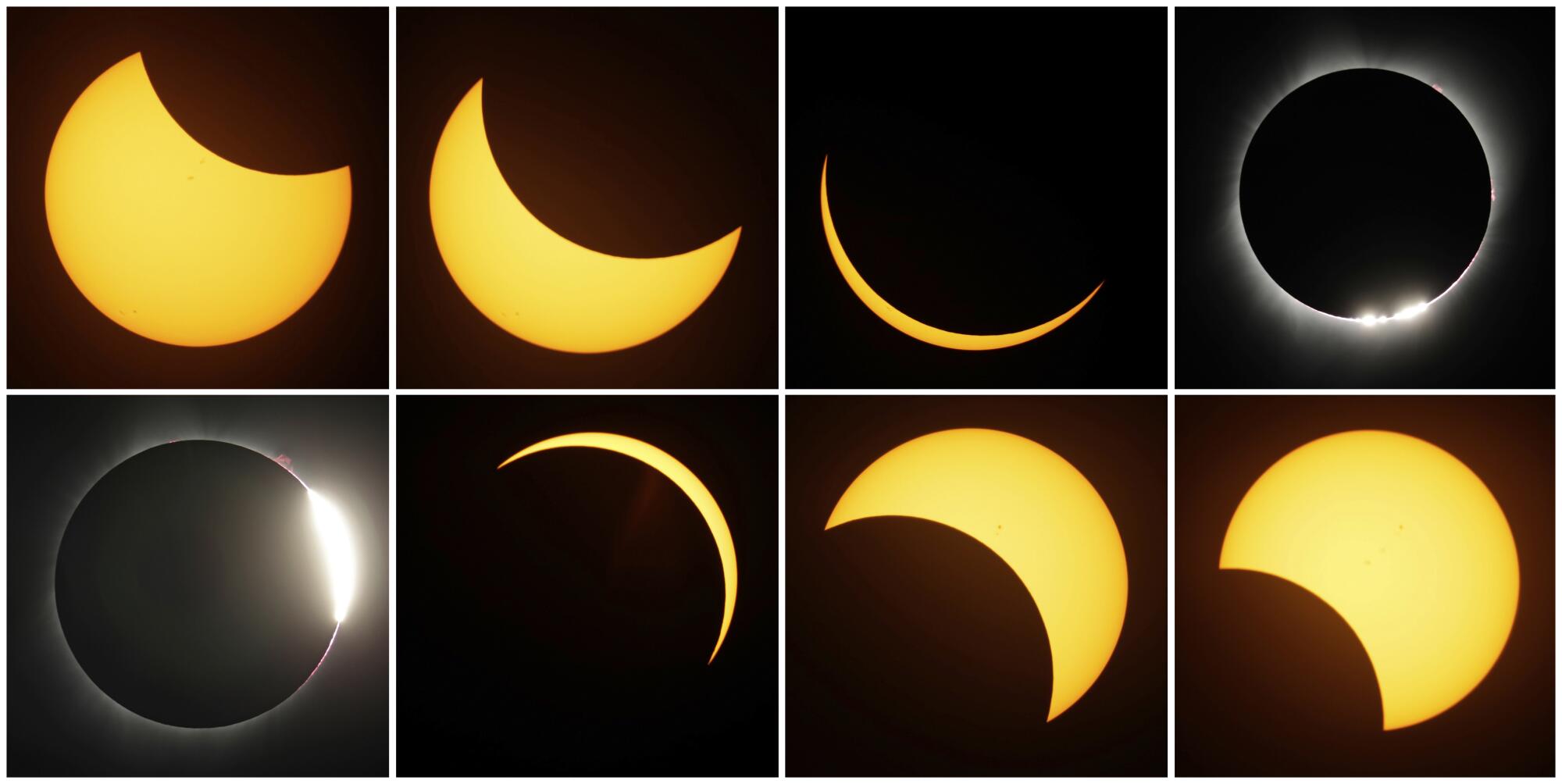
I felt as I imagine the bemused European naturalists must have when, in 1799, they beheld for the first time a platypus specimen, a creature they found so peculiar they initially declared it an Australian hoax. What I saw above Idaho was neither fish nor fowl, and I could not quite convince myself it was real.
“In the sky was something that should not be there,” Annie Dillard wrote in her essay on seeing the moon obliterate the sun near Yakima, Wash., in 1979. In her view, this was not a good thing. “I pray you will never see anything more awful in the sky.”
In the sky was something that should not be there
— Annie Dillard, on the 1979 eclipse
When 38 years later I witnessed the next total solar eclipse viewable from the United States, I too was shaken, though in a very different way.
The moment of “totality,” as it’s called in astronomy lingo, issues a shock to the system, as if one were plunged into an ice cold pond. Day fades and then suddenly — snap! — flips to night, or twilight at least. Temperature falls, the wind rises. Stars and planets alight on their evening perches. Twilight too is total — 360 degrees: On any horizon can be seen the familiar orange glow we associate with sunrise or sunset.
I was literally breathless. I gasped to recover my lungs’ normal function. Voices around me exclaimed, with variations of “oh-my-God” or “holy” punctuated with swear words of choice.
In my usual job as a copy editor for this newspaper, I tend to cast a skeptical eye on a writer’s use of the word “ecstatic.” I can confirm that when it comes to watching a total eclipse, the word is warranted.
Though we moderns stand on the terra firma of scientific rigor — since at least the 1st century BC, astronomers have been able to predict eclipses roughly, and with ever-greater precision since Edmond Halley in the 18th century — we can appreciate how a total eclipse must’ve scared the devil out of the ancients.
Mythology is filled with apocalyptic visions associated with eclipses. They appear as ill omens in Shakespeare and, of course, the Bible. Milton summed it up in “Samson Agonistes”: “Oh dark, dark, dark, amid the blaze of noon, / Irrecoverably dark, total Eclipse / Without all hope of day!”
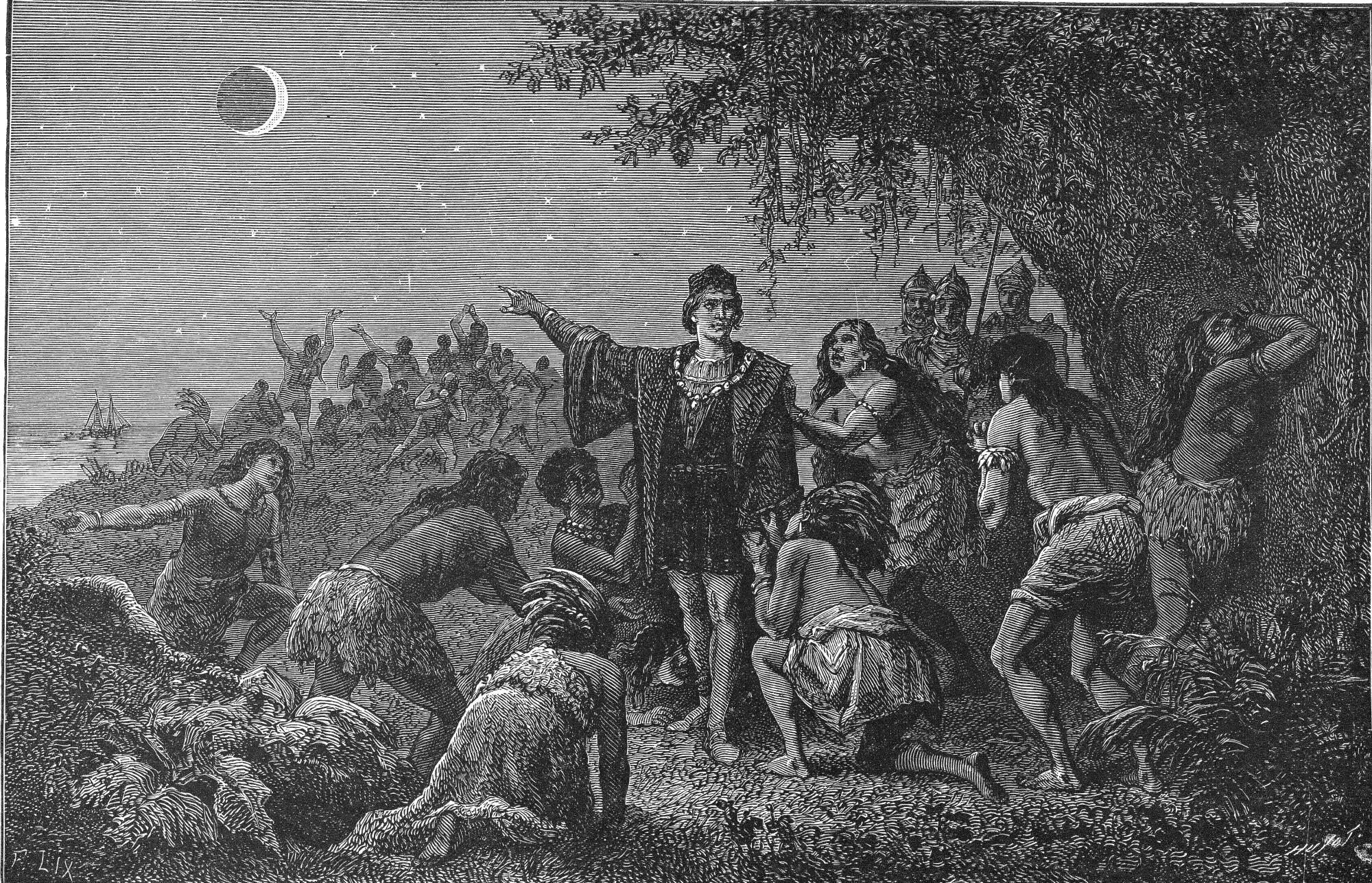
So terrified were the warring Lydians and Medes at the arrival of an eclipse in 585 BC, Herodotus tells us, they immediately made peace. Columbus used his foreknowledge of a lunar eclipse to force the Arawak residents of present-day Jamaica to heel in fear. As late as the 19th century, a solar eclipse over Virginia inspired Nat Turner to launch his violent uprising. The 1878 eclipse in the U.S. aroused fears of Armageddon, moving one man to kill his young son with an ax and slit his own throat. The acclaimed essay by Dillard, a fellow modern, is a doomscape of terror and death.
I find a total solar eclipse to be an affirmation of humanity, both as experience and as a triumph of knowledge over the glare of ignorance. Eclipses were once crucial in producing more accurate land and sea maps, and they inform solar science to this day. English astronomer Arthur Eddington’s eclipse expedition of 1919 proved Einstein’s theory of general relativity beyond a shadow of a doubt.
At the instant of totality, planetary motion as described by Newton and Kepler is not a matter only for scientists and our imaginations. It is something to be seen and felt by anyone in the right place at the right time. Our moon is orbiting us; the sphere on which we stand is also in motion, on its daily axis and annually lapping the sun. It is one thing to know and understand this; it is another to experience it.
Our everyday illusions are exposed as counterfeit: of a sky above, when in fact sky is all around us; of the sun rising and setting, when it does no such thing; of a moon waxing and waning, when it is continuously circling us with its same face forward. “We are an impossibility in an impossible universe,” author Ray Bradbury said.
And just what is this cosmic platypus, this something in the sky that should not be there? Similes abound.
A total eclipse of the sun is said to look like a black dahlia or a monochrome sunflower. Or a hole punched in the sky.
I prefer to think of it as a Louise Nevelson sculpture suspended above.
Many of Nevelson’s well-known works of the 1950s to 1970s were monochromatic black. Influenced by the space exploration of her time, the artist suggested celestial objects in her sculptures and chose titles featuring “night,” “sky,” “lunar,” “moon.” On at least one occasion, she took inspiration from astronaut Bill Anders’ “Earthrise” photo of 1968.
Her sculptures were, perhaps most of all, a meditation on the color black.
During a total eclipse, the sun’s blazing corona and “diamond ring” of light oozing outside the lunar disk just before and after totality are the main spectacle. But I was just as transfixed by the absolute blackness of the moon within. It is almost certainly the blackest black possible.
“I fell in love with black; it contained all color,” Nevelson once explained. “It wasn’t a negation of color. It was an acceptance. Because black encompasses all colors.” Black, for Nevelson, was “the total color. It means totality. It means: contain all.”
That is the lunar black I saw over Idaho Falls and which draws me now to Missouri. The title of a celebrated series of Nevelson works, “Sky Cathedral,” would do well as a name for nature’s occasional exhibition of lunar-solar art.
The 2024 eclipse arrives at a despairing time in our history. We have witnessed the worst pandemic in a century. Gun violence at home and excruciating wars abroad seem impossibly intractable. Climate denial imperils our existence and a pernicious relativism our democracy. My profession and my newspaper, proudly committed to separating facts from fabrication, are at a crossroads of sustainability.
So a few minutes of astronomical truth seem all the more necessary for me to revisit at this time, though now with better preparation.
In 2017 I embarked on my all-night drive to see the eclipse out of last-minute inspiration. As an avid sky-watcher, I had an obvious interest. Not yet knowing what I was in for, though, I dawdled, thinking the journey too far and impractical, until I finally relented about 20 hours before totality over Idaho. I arrived with hours to spare under propitious skies.
I regretted my lack of planning on the way back, when I endured a traffic doomsday on Interstate 15 and could find no hotel vacancy along the route south before I finally gave up and slept in my car.
My eclipse preparations this time have been more considered and considerable, though complicated.
An early plan for an eclipse viewing in Rochester, N.Y., fell through. In the meantime, I have assembled a small library of eclipse books and magazines, including a road atlas that superimposes the 2024 path of totality onto a detailed map of the U.S., Mexico and Canada.
I considered joining the eclipse crowds in Carbondale, Ill., where a news report on Atlas Obscura said that old-time apocalyptic fever — also known as modern-day conspiracy theorist hokum — had taken hold.
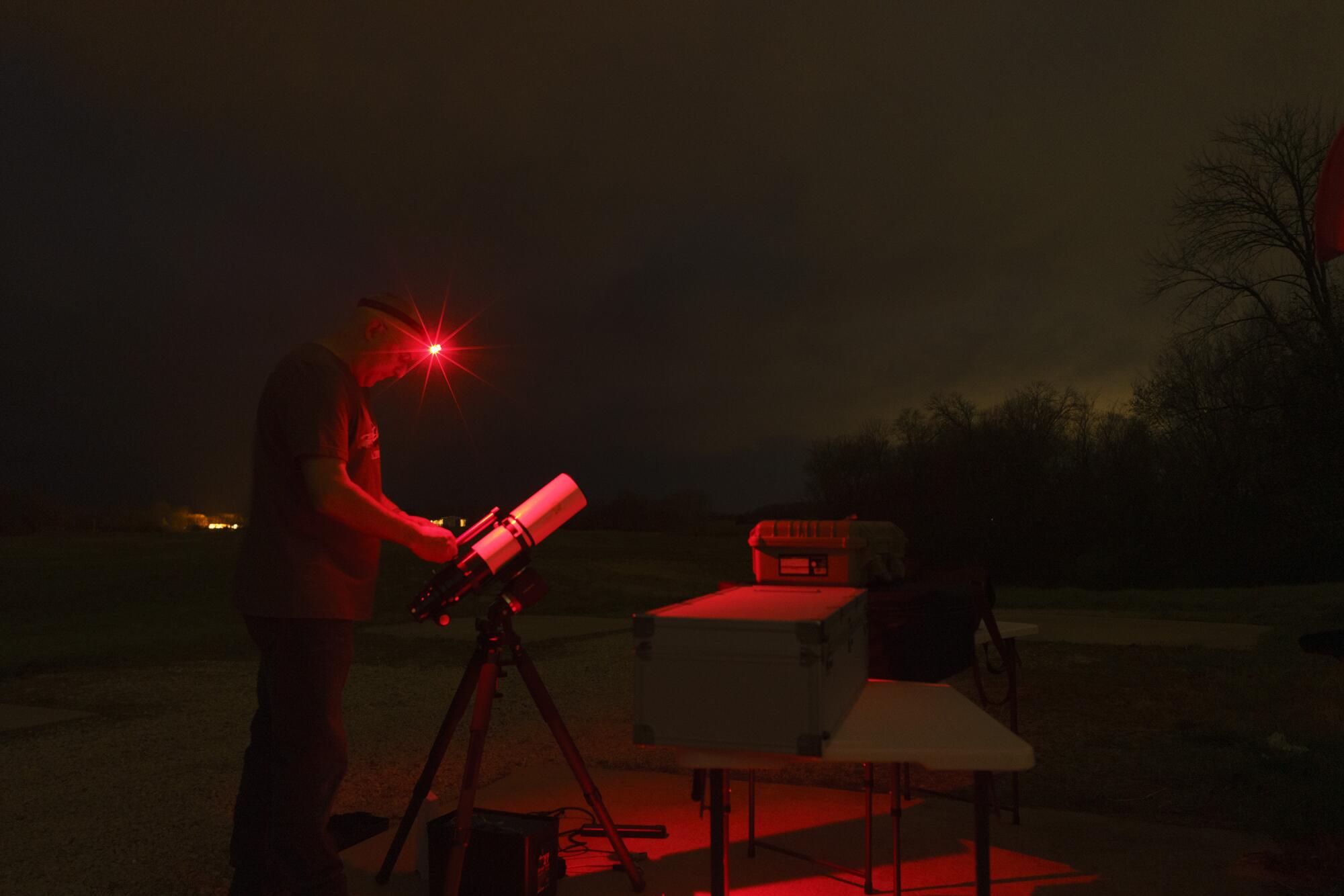
Because Carbondale happened to be in the path of totality in 2017 and is so again in 2024, it seems many believed Monday’s eclipse encore would trigger a calamitous seismic event in town. This disturbing local opinion suggested to me an intriguing juxtaposition of setting for my notion of affirming the reality of our shared universe under the shadow of the moon.
The prime spot seemed to be southern Texas. Historical weather records indicate that the path through Texas had a much greater likelihood of cloud-free skies than farther northeast. And the duration of totality near the path’s center line was due to be almost 4½ minutes. As this eclipse moves northeast, its duration will get shorter, its path narrower.
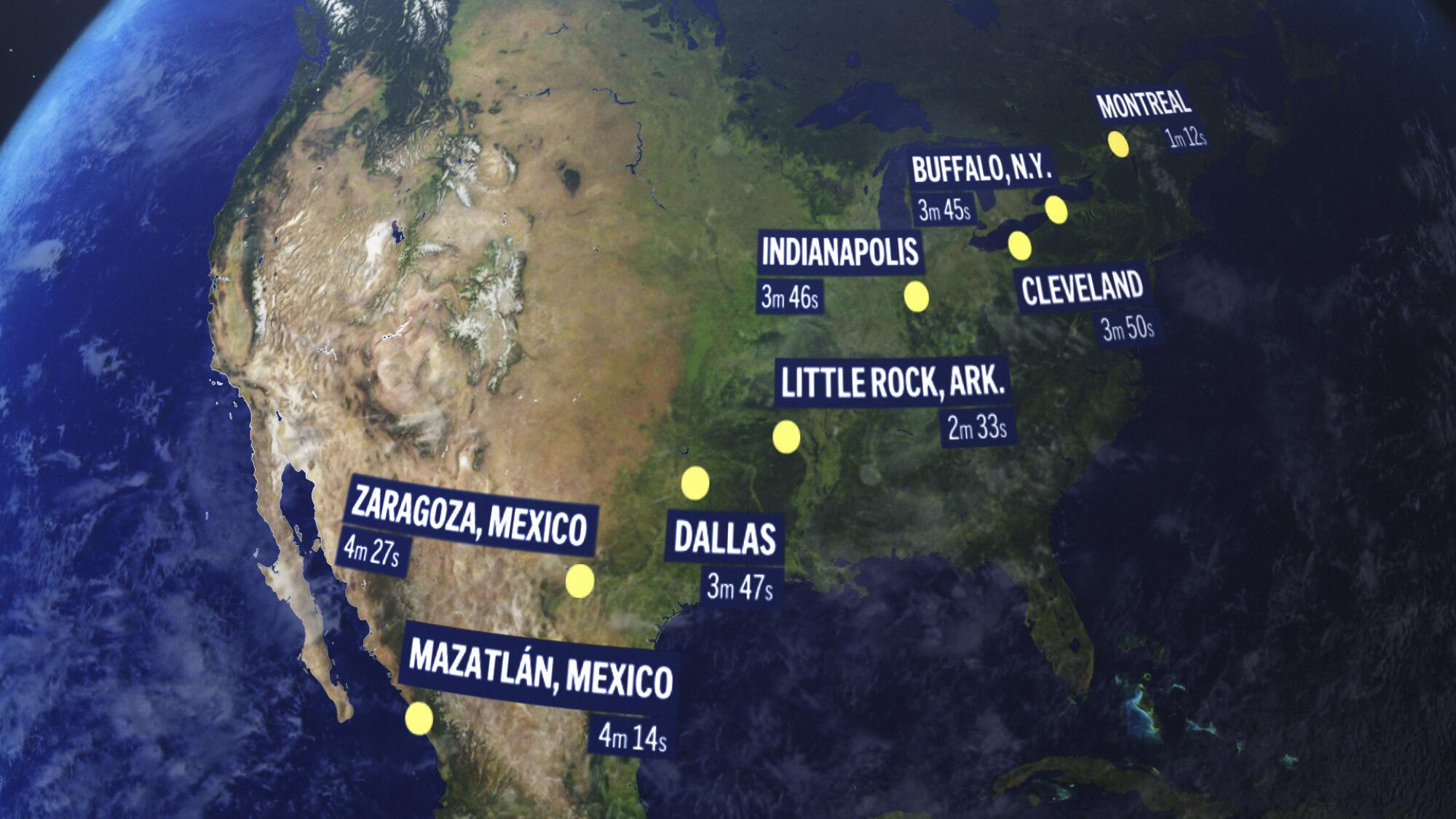
In Idaho Falls, totality lasted about 1 minute and 40 seconds. Four and a half minutes over Texas? I could hardly fathom it. I made plans for San Antonio.
Until the actual meteorological forecast defied historical prediction. As eclipse day drew near, “weather permitting” turned more ominous. Less than a week out, the April 8 forecast for Texas — nearly the entire state, apparently — called for overcast skies all day, maybe even thunderstorms.
I studied my alternatives. Flights were still reasonable to Chicago, from where I could drive a few hours to reach several cities along the path: Indianapolis, Cleveland, even Buffalo. I also considered Mexico, but the forecast for the whole of its eclipse path, from Mazatlán to the border town of Piedras Negras, was likewise dire.
I added 16 cities to my phone’s weather app, from Mazatlán to Buffalo, which I monitored as the 8th drew near. Days before my planned departure, I booked accommodations in St. Louis, two hours from the center line.
The weather may yet conspire against me, and 3 or 4 minutes of totality will be lost under a ceiling of clouds. If so, I will see something I never have before. The midday gray blackening, then brightening, on account of a remote and veiled disk of sun and moon.
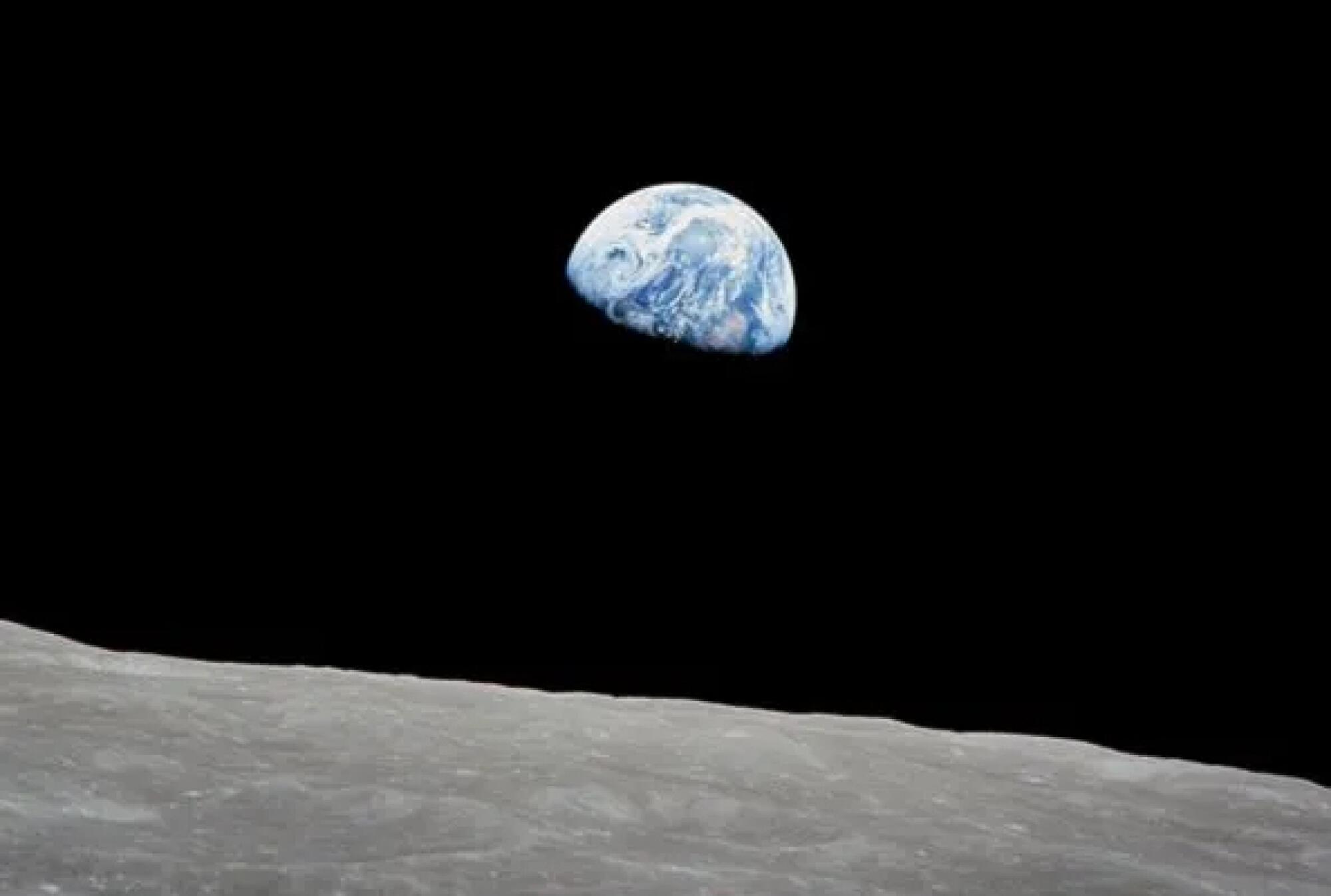
Either way, Bradbury advised, we are obliged to keep watch:
Why have we been put here? ... There’s no use having a universe ... there’s no use having a billion stars, there’s no use having a planet Earth if there isn’t someone here to see it. You are the audience. You are here to witness and celebrate. And you’ve got a lot to see and a lot to celebrate.
More to Read
Sign up for Essential California
The most important California stories and recommendations in your inbox every morning.
You may occasionally receive promotional content from the Los Angeles Times.
